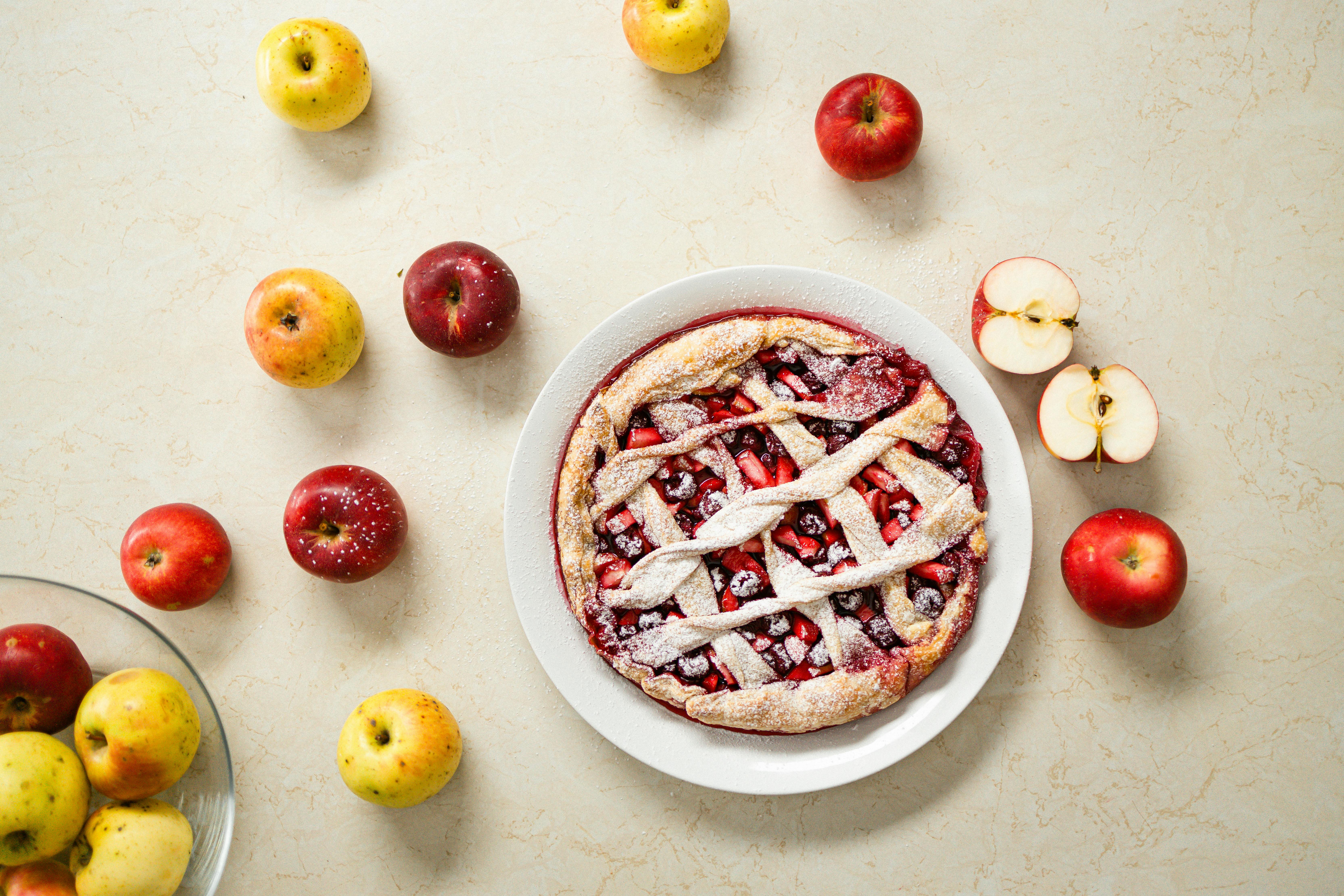Spitting tacks is a learned skill, using staple guns is not. Both can be dangerous. You don’t want to swallow upholstery tacks, but a 60lb staple gun can do a lot of damage to a finger! Which is the best? I have my own ideas about it, but upholstery has changed a lot in recent years, and not for the better.
When I was younger, my dad taught me to spit tacks. Not much younger, because you need a magnetic upholstery hammer to spit out tacks. Before the development of these hammers, you had to hold the tacks in your fingers and hit them (preferably the tacks, but sometimes both!) Magnetic hammers were quickly followed by the ability to spit out tacks!
The art of spitting tacks
With the advent of the magnetic hammer, upholsterers found that it was faster if they held a mouthful of tacks and spit them onto the magnetic head of the hammer, one at a time. They would then hammer the tack into the furniture, affixing the straps, burlap, canvas, or top cover as they did so.
It was important that the number of tacks going in through the mouth was equal to the number coming out again. Master upholsterers quickly became good accountants.
A master upholsterer like my father could spit and hammer out tacks as fast as someone using a stapler. We will discuss staple guns shortly. We would use 3/8 or 1/2 inch blue thumbtacks for most uses and 3/4 inch for heavier jobs like strapping and twine used to attach steel coil springs. Large one inch tacks were used for floor mats only.
Those were the days when upholstery was done in the traditional way, and upholstered furniture lasted 20 or 30 years. My dad bragged that he never had to jump on the same seat twice, because his work would last a lifetime.
staple guns
Eventually, staple guns replaced upholstery tacks. Tacks are still used by some crafters, but staples are much more common today. They’re fine, but I doubt they’ll last a lifetime! They do not have the same holding power as thumb tacks and are not as strong. They are also a devil to remove when reupholstering a chair or sofa.
Instead of removing them with an old screwdriver or chisel and mallet, you should pry them off and then remove them with pliers. That takes longer. That’s a paradox: staples are weaker than tacks, but take longer to remove! As with all upholstery, of course, it is the technique that matters, not how strong or weak a particular fixing is.
spit tacks today
I still spit out tacks when I reupholster my own furniture at home. I prefer the traditional forms to the new forms. Modern upholstery involves pre-made box constructions. Much of today’s upholstered furniture is made by machine. Spring units are built as a complete unit that simply slides onto the frame of a chair and sofa. The padding is pre-formed foam or even just cushions that may or may not include coils.
The domed seats of yesteryear are now flat and tend to sag in the middle after a few years of use. This is in contrast to properly constructed seats that use individual coil springs that are manually tied to provide the correct seat shape. They are then padded and covered to produce a beautifully constructed seat that is incredibly comfortable and will last a lifetime.
Old upholstery skills are not lost
However, the old upholstery skills are not completely lost. Craftsmen and women continue to spit out tacks in the depths of Illinois and many other states. The Amish and other traditional communities of the American Midwest use the ancient methods to make beautiful furniture.
Its joints are traditional in solid wood, and its upholstery is done manually by master upholsterers. I bet there’s still a bit of tack spitting going on in the good old American Midwest! Such furniture is of the highest quality, but it seems made simply. It’s funny how the highest quality handmade items seem plain and simple, and so much of the fancy looking items are mass produced and flimsy.
Traditional Upholstery Vs. Mass Production
Traditional upholstery is more comfortable, strong, and durable than mass-produced items. If you fancy a change of color, or think the seats could use a little bolstering, you can do so with traditional handcrafted pieces. Mass-produced materials with their box construction and synthetics often cannot be reupholstered. If you want a change, you will have to buy a completely new sofa or chair.
Spitting tacks is a noble skill, although staplers are more modern. Each one is better than mass produced boxes as the standard of upholstery produced is far superior to anything a machine could offer. The Amish and others have been wise to continue to make furniture by hand, and we must support them by using it.



